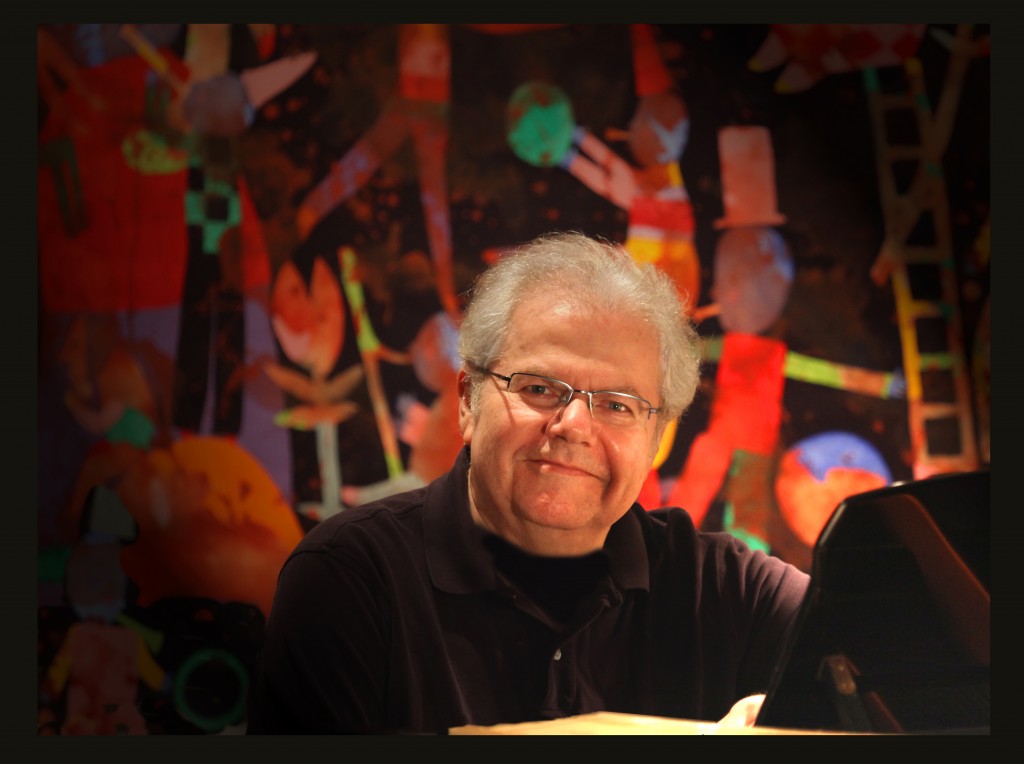Ax and de Waart Provide Splendid Opening of the San Diego Symphony’s January Beethoven Festival
Principal Guest Conductor Edo de Waart led the San Diego Symphony in an inspiring, tautly disciplined all-Beethoven concert this weekend. And as soloist in Beethoven’s First Piano Concerto, Emanuel Ax proved to be maestro de Waart’s ideal partner in crime.

Emanuel Ax
[Photo courtesy San Diego Symphony Orchestra]
This latter virtue proved vital in the expansive opening Allegro con brio, where the composer’s tsunami of themes and thematic permutations threatens to become far too much of a good thing. Ax’s generous-spirited command of the movement took his audience by the hand, as if to say, “Relax, you are going to enjoy every twist and turn of this rollicking musical journey—trust me.” Ax and de Waart crafted a dulcet, slightly mysterious Largo, quieting and concentrating the attention of the ample Copley Symphony Hall audience. At the movement’s close, Ax and Principal Clarinet Sheryl Renk offered a shimmering duet of tender repose.
For the radiant Rondo, Ax chose a particularly rousing tempo and made certain that each time the rondo theme returned, it came back with even greater conviction and luster. From the orchestra, de Waart demanded and received majesty as well as fiery brilliance to complement the soloist.
De Waart made a compelling case for the Fourth Symphony, which is sometimes dismissed as the disappointing stepsister to the composer’s universally loved and lauded Third and Fifth Symphonies. I have never heard a Beethoven devotee gush over the Fourth Symphony. With ample support from the orchestra, de Waart demonstrated the opening Allegro vivace’s effervescent urgency compares favorably with the nobility of the Eroica, and the sharp-edged athleticism of the scherzo, another heady Allegro vivace, can hold its own with the Fifth Symphony’s majestic Scherzo. At every turn in the Fourth Symphony, the orchestra acquitted itself with an unusually integrated, warm, and well balanced sound, cleanly defining and shaping themes in accordance with de Waart’s precise and polished direction.
Given a choice of hearing the Lenore Overture No. 3 or sitting through Beethoven’s opera Fidelio—for which the Overture was written—I am happy to opt for just the Overture, which condenses the story of the lugubrious two-act opera in 15 minutes of instrumental concision. The orchestra’s powerful and well-focused account of the Overture was enhanced by adroit, exuberant solos from Principal Flute Rose Lombardo.
This program by the San Diego Symphony was presented at the Jacobs Music Center’s Copley Symphony Hall in downtown San Diego on January 10-12, 2020. The January 11th performance was attended for this review. The Beethoven Festival runs through January 25, 2020, at the same venue.

Ken Herman, a classically trained pianist and organist, has covered music for the San Diego Union, the Los Angeles Times’ San Diego Edition, and for sandiego.com. He has won numerous awards, including first place for Live Performance and Opera Reviews in the 2017, the 2018, and the 2019 Excellence in Journalism Awards competition held by the San Diego Press Club. A Chicago native, he came to San Diego to pursue a graduate degree and stayed.Read more…
